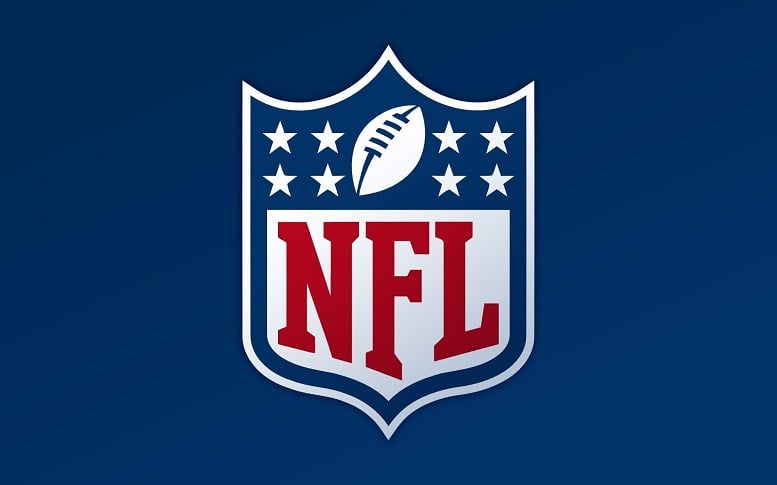It has been quite obvious to tell who believes the NFLPA should approve the new Collective Bargaining Agreement and who believes they should not. At least for those who don’t actually have ulterior motives, the primary motivation for supporting the CBA—other than the believe that there won’t be a better deal—is the fact that there are moderate improvements for marginal players, though those improvements are not at the level that the union was actually shooting for.
Because we are currently entering the final year of the active CBA—remember, there were reports that the NFL was actually having to have a new deal done before the 2019 regular season even started, and then hoped to have it done before the Super Bowl—there is an added wrinkle to the discussion as well.
The final year of a CBA deal contains regulations within it that are designed to limit teams from exploiting situations as arose the last time around, where we face an uncapped season. These regulations place a burden on teams with limited cap space by reducing the tools at their disposal for creating cap space for the current season by pushing current salary into future years.
One of the arguments being put forward in favor if approving the CBA is that turning it down would take out roughly $700 million from the total potential pool that could be spent on players signing new contracts this offseason. What those reporting this news don’t tell you is that this is not, largely, money being lost, but rather money that is remaining where it is, rather than being move around.
An article from Pro Football Talk outlines the estimated $700 million in lost new-money earnings for the 2020 offseason. One of the points raised, which will have limited and possibly no effect, is the fact that teams under the final year of a CBA can use both a franchise tag and a transition tag, which would, in theory, keep additional top-earning players from earning top salary in 2020. This is likely to affect perhaps one to three teams at most, however.
The removal of the post-June release during an uncapped season also prevents teams from splitting dead money charges for players released who have multiple years remaining on their contracts, which means prorated bonuses from future years would have to be accelerated into the 2020 cap.
I think you have already heard enough about the 30 percent rule, but basically it limits the amount of cap space teams can create by restructuring contracts, turning large base salaries into signing bonuses whose cap hits can be spread out up to five years. there is also the ‘Deion Rule’, which you can read about in the link.
All told, what these limitations do is prevent teams from creating salary cap to use in 2020, which simply means that they will have it to use in 2021 and beyond. Players are not actually losing out on money as a whole. The only players who should be interested in this narrative are those who are signing contracts this ofseason, whereas it’s entirely possible that there will actually be more money available than otherwise would in 2021 because there wasn’t as much money pushed into it from the previous season. As it currently stands, all 32 teams combine to have a projected $1.45 billion in cap space to spend on free agents this offseason, and they will find ways to create more space.








